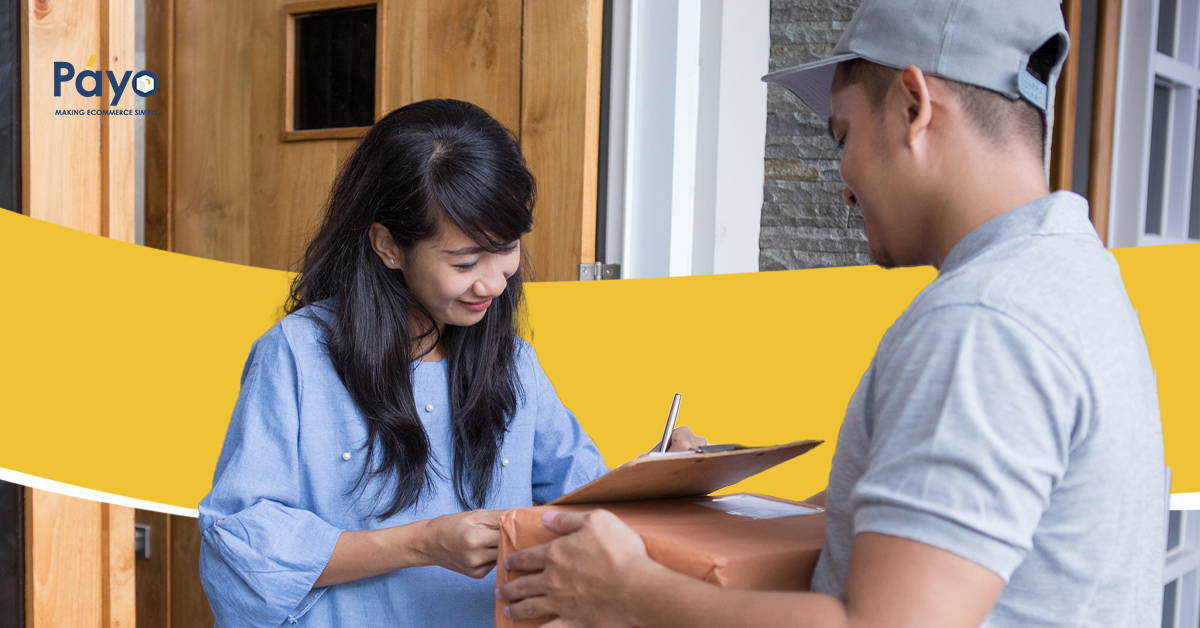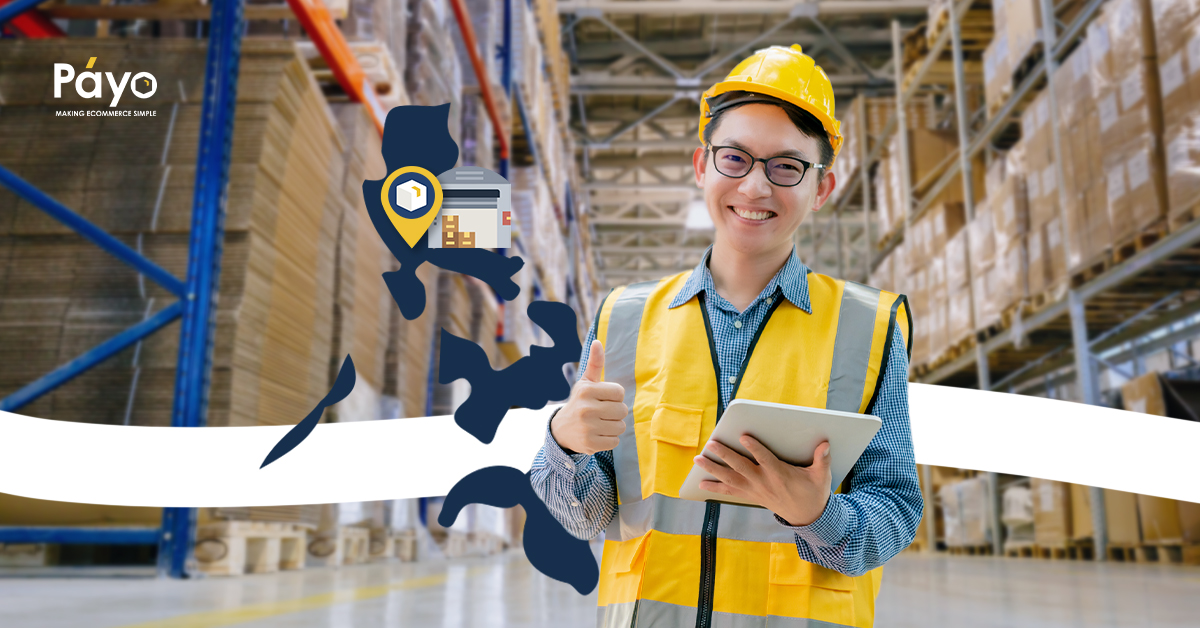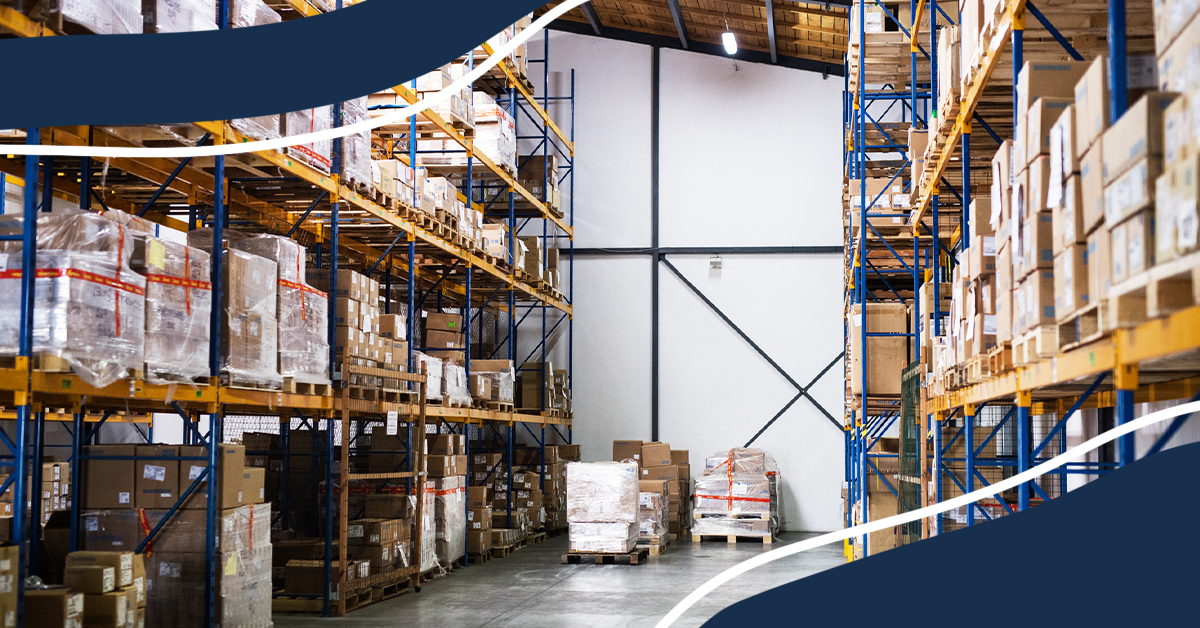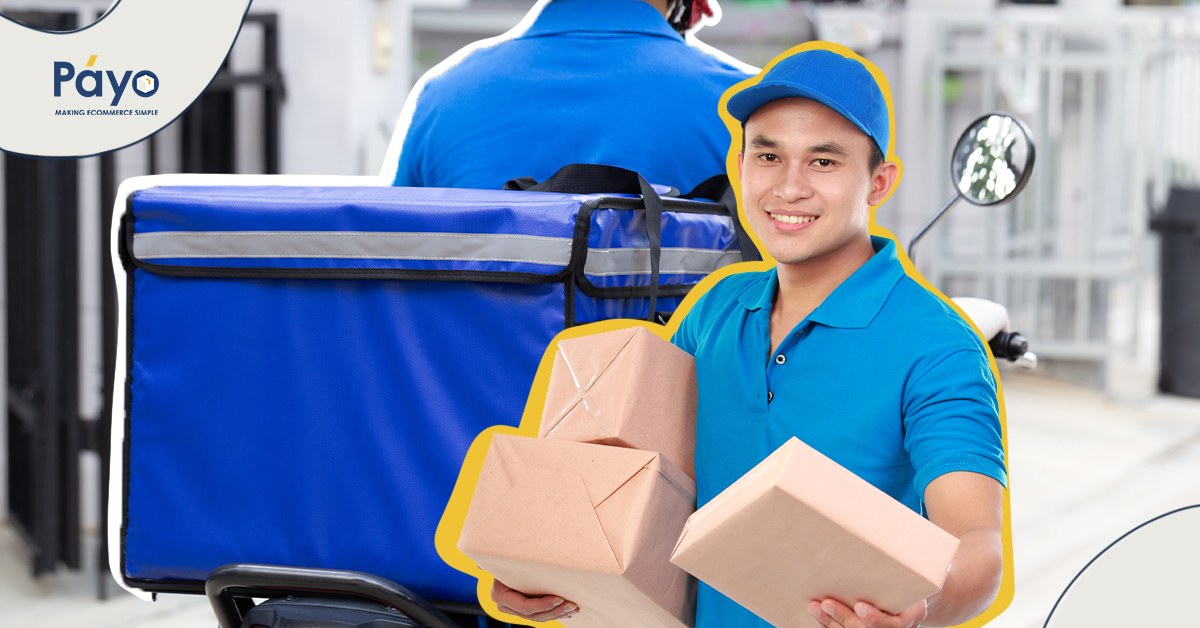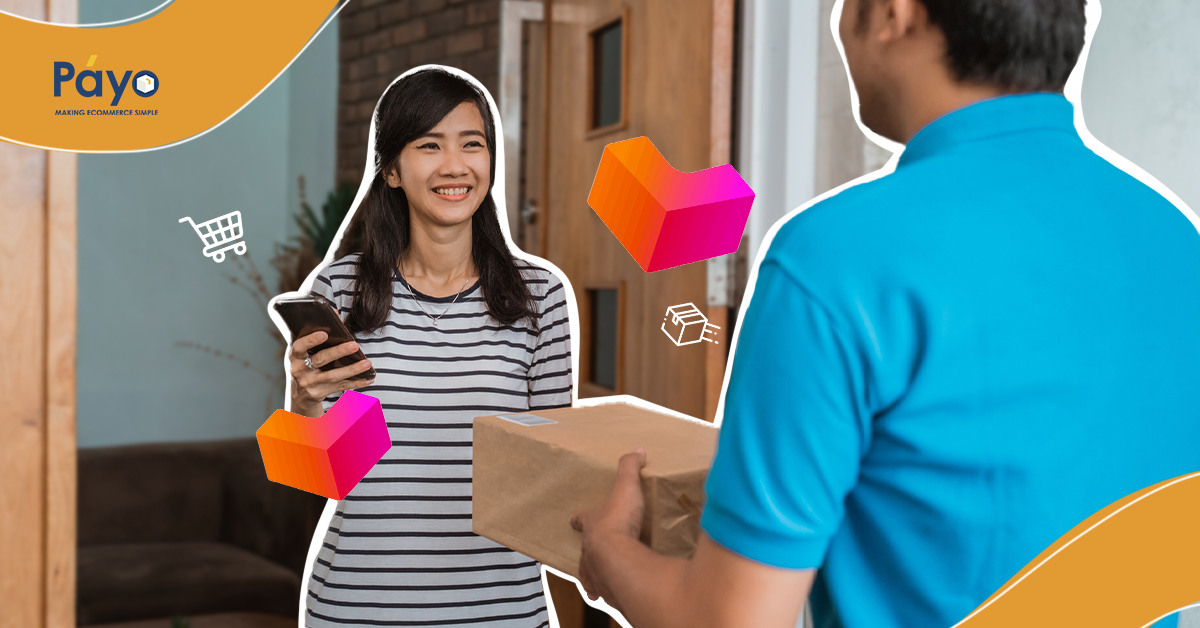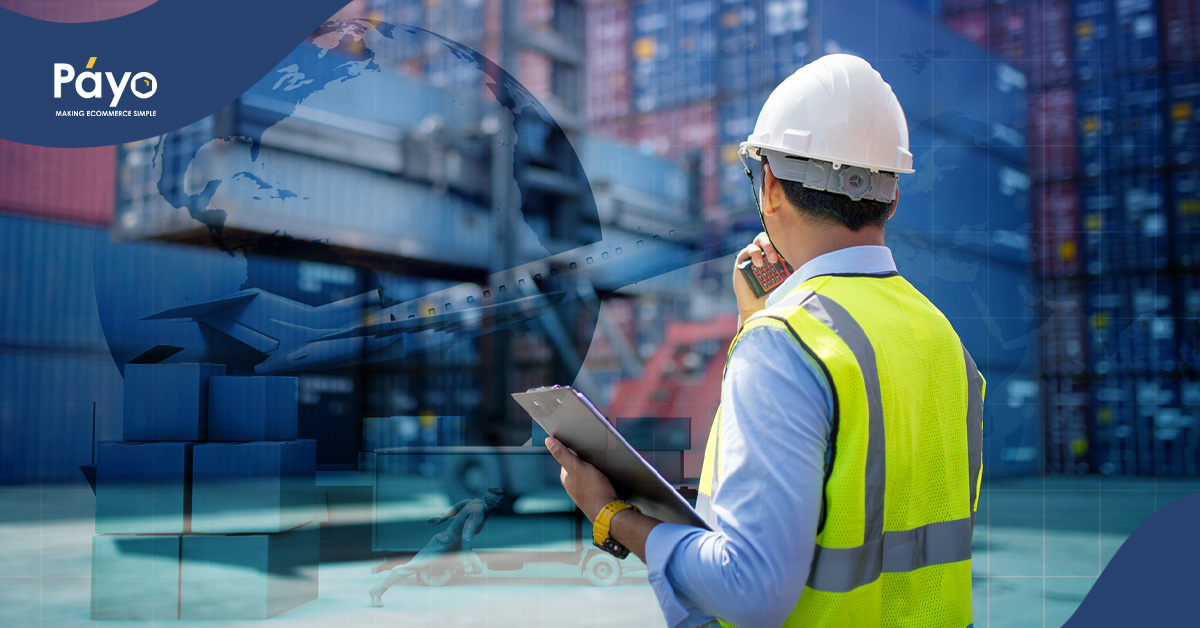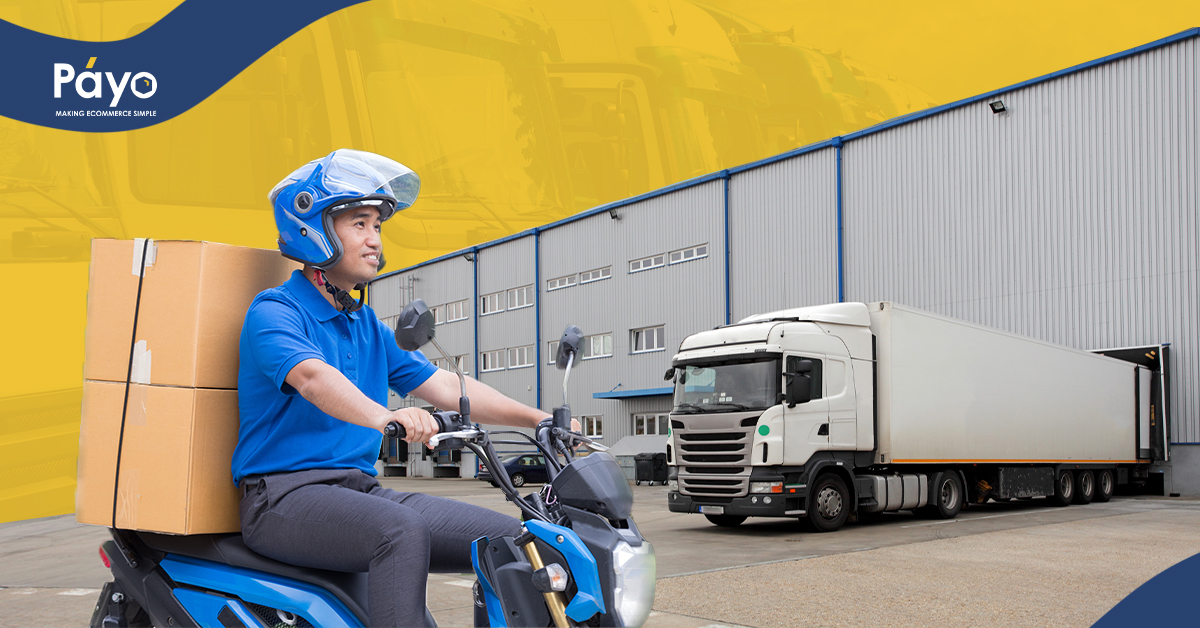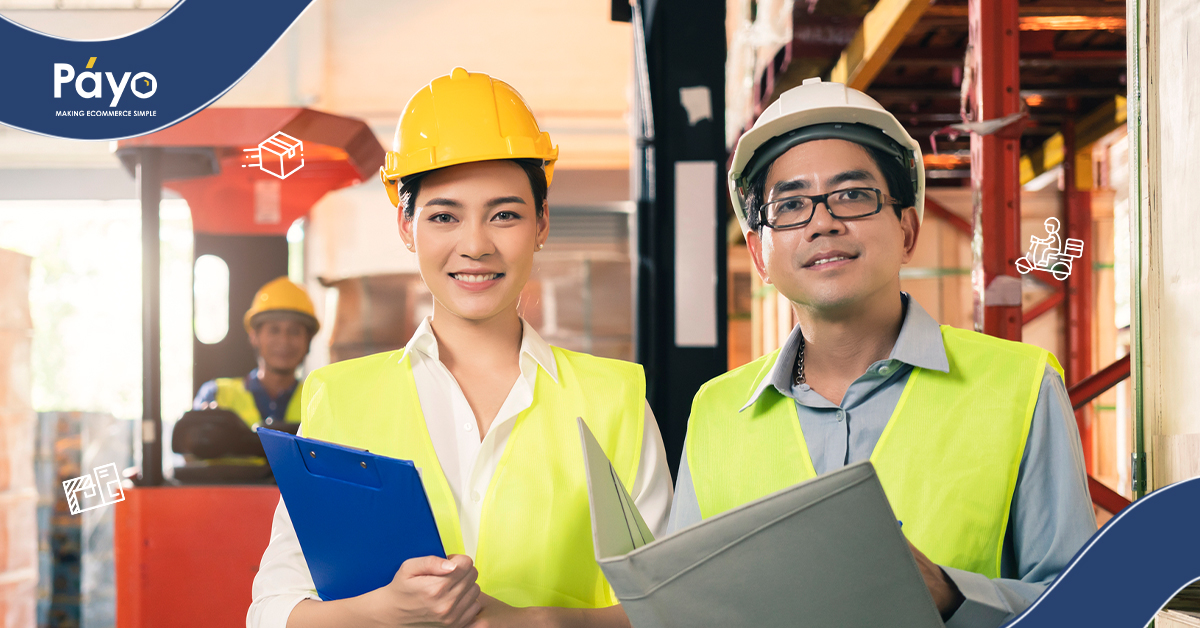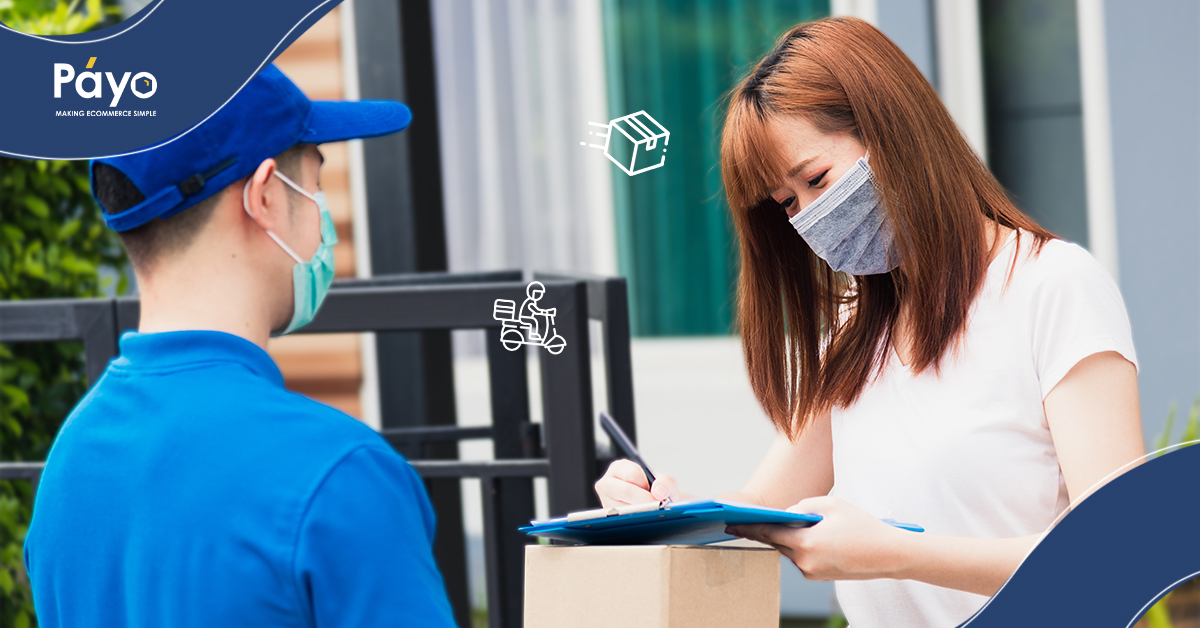As E-commerce continues to expand, merchants are still exploring the opportunities that the logistics industry has to offer. And one key area that merchants need to understand is the growing demand for door-to-door delivery in the Philippines.
What is Door-to-Door Delivery?
Door-to-door delivery in the Philippines refers to a service where items are picked up from the sender’s location and delivered directly to the recipient’s specified location, without the need for the sender or recipient to travel to a depot, post office, or other intermediary location. This service aims to offer maximum convenience to both the sender and the recipient.
Here’s a breakdown of the process:
- Order Placement: The process usually begins with the sender placing an order or request for an item to be delivered. This can be done online, via a phone call, or through a mobile app, depending on the service provider.
- Pick-Up: A courier or delivery person picks up the item from the sender’s specified location. This could be a home, office, or any other designated pick-up point.
- Transportation: The item is then transported through the delivery network, which can involve multiple stages, including sorting at a central hub, transportation via truck or plane, and then out for final delivery.
- Delivery: The courier delivers the item directly to the recipient’s specified address, which can again be a home, office, or another location. In some cases, the recipient may be required to sign for the delivery or pay for the item upon receipt (known as Cash on Delivery or COD).
- Tracking: Many modern door-to-door delivery services also offer tracking capabilities. The sender and/or recipient can monitor the item’s progress, get estimated delivery times, and sometimes even communicate with the delivery person.
This kind of delivery is particularly popular for e-commerce, where customers order products online and expect them to be delivered directly to their homes. It’s also used for a variety of other services, from food delivery to the transportation of important documents.
Related: Order Fulfillment – A Comprehensive Guide
5 advantages of door-to-door delivery in the Philippines
Door-to-door delivery happens when couriers deliver packages to the customer without them having to undergo storage in a warehouse.
This is a significant type of delivery that most merchants tend to overlook. But why is door-to-door delivery a sensible choice for your business?
Here are some reasons.
It is cost-effective
Door-to-door delivery does not require merchants to spend a lot. Because the process starts with dispatching products and ends with the package reaching your customer, there is no need to arrange or pay for extra shipping costs.
This eliminates other processes that can make shipping more expensive.
It makes fast delivery possible
Door-to-door delivery is a popular alternative for those merchants who are really conscious about delivery time. Other delivery types would often require items to be stored in a logistics hub, taking five days to two weeks before the product reaches the customer.
But since the door-to-door process is pretty straightforward, unnecessary storage space is eliminated and products can reach a customer’s doorstep in a shorter period of time.
It is highly versatile
One thing to love about door-to-door delivery in the Philippines is that it is versatile. Regardless of your item’s size, volume, or weight, door-to-door delivery service providers can transport and ship products at a fixed base rate.
It is available worldwide
Door-to-door delivery is not limited to the country where the merchant operates. International couriers also offer this kind of service to ensure that they deliver parcels and packages from one location to another swiftly and securely.
An international delivery service will pick up the parcel from the merchant and send it to the customer globally. So if you are planning to expand your reach but have no extra resources for fulfillment, this could be the best option for you.
It is less complicated
Shipping and logistics processes can be complex for some merchants, especially those who are just new to E-commerce. There are so many processes to shipping an item that one can overlook or miss.
With door-to-door delivery, the shipping process becomes simpler. You don’t have to figure out everything by yourself – you just need to prepare your packages for pick up.
Key Players in the Philippine Door-To-Door Delivery Market
The landscape of door-to-door delivery in the Philippines is dynamic, with both traditional and modern players.
PHLPost continues to serve as the backbone, private couriers like LBC, JRS, and Air21 bring versatility, while e-commerce couriers cater to the burgeoning online market.
As a beginner, understanding each provider’s strengths can help you make informed choices for your shipping needs.
Philippine Postal Corporation (PHLPost)
Established as the primary postal system of the Philippines, PHLPost offers a gamut of services from mail parcel services to express deliveries.
- Notable Services: Regular mail, express mail, international shipments, and money remittance.
- Strengths: Nationwide reach, including remote areas often not serviced by private couriers.
For non-urgent packages, PHLPost provides a cost-effective option. Always ask for tracking features to keep tabs on your parcel’s whereabouts.
Private Couriers
With the rise of E-commerce and the need for faster deliveries, private couriers have cemented their importance in the logistics sector.
LBC
An industry pioneer, LBC offers a wide range of services including parcel delivery, cargo shipping, and even remittance.
Known for its “Hari ng Padala” (King of Delivery) moniker, it boasts a vast network, reaching even global destinations.
For important documents or parcels needing swift delivery, LBC might be your go-to. Keep an eye on their regular promotions for discounts.
JRS Express
With over 400 branches nationwide, JRS has been a steadfast choice for many Filipinos.
Its emphasis lies in efficient, timely deliveries and affordable rates.
If you’re on a tight budget but need reliable service, consider JRS for your domestic shipping needs.
Air21
Distinguishing itself with a focus on business solutions, Air21 serves more than just individual shippers.
They offer specialized business logistics, document tracking, and even warehousing.
Businesses, especially online startups, might find Air21’s tailored solutions beneficial.
E-commerce Affiliated Delivery Services
With the boom of online shopping, these in-house couriers play a crucial role in ensuring goods reach buyers promptly.
Lazada Express (LEX)
Operating as Lazada’s main logistics arm, LEX ensures quick, reliable deliveries for Southeast Asia’s biggest E-commerce platform.
Specialty: Efficient, tech-integrated service with a vast reach.
Sellers on Lazada usually have the option to use LEX. If you’re a buyer, you can often track your package in real-time through the Lazada app.
Shopee Xpress
Shopee, another e-commerce giant in the region, utilizes Shopee Xpress for its logistics needs.
Specialty: Like LEX, Shopee Xpress emphasizes on-time delivery and seamless tracking.
As a seller, consider offering Cash on Delivery (COD) through Shopee Xpress to attract more buyers. Buyers, on the other hand, can avail of frequent free shipping vouchers.
The Door-To-Door Delivery Process
Whether you’re sending a loved one a gift or receiving an online purchase, the door-to-door delivery process is a collaboration. Each step has its responsibilities and roles. Being informed helps ensure a smooth delivery experience for all involved.
Sender’s Responsibilities
1. Packaging
The first line of defense to protect your item.
Choose a box or envelope slightly larger than your item, leaving room for cushioning. Fragile items? Use bubble wrap. Also, be eco-conscious; reused boxes are great, just remove old labels.
2. Labeling
It’s your parcel’s ‘address tag’. It tells the delivery company where to send your package.
Clearly write the recipient’s full name, address, and contact number. If possible, print labels. Place it on top and avoid seams or edges. Some companies offer pre-made labels online.
3. Payment
The fee for sending your package.
Costs vary depending on weight, size, destination, and courier. Check online calculators (offered by many couriers) to estimate costs. Paying online? Ensure the website’s security by checking for “https://” in the URL.
Delivery Companies’ Processes
1. Pick-Up
The courier collects your parcel.
Schedule pick-ups at your convenience. Not home? Choose a safe, weather-protected spot. Keep your package indoors until the pick-up time to protect from weather or theft.
2. Sorting
Your package gets categorized with similar parcels (by destination or size).
Ensure clear labeling; it aids accurate sorting.
3. Transportation
The journey of your parcel, which might be via land, sea, or air.
Need it there fast? Choose express delivery. It might cost more but prioritizes your package.
4. Delivery
The final step, where your package arrives at its destination.
Track your package using the courier’s online system for real-time updates.
Recipient’s Role
1. Receiving
Collecting the package once it’s delivered.
If you’re not available, ask someone trustworthy to receive it on your behalf or reschedule the delivery.
2. Payment on Delivery
Some deliveries require payment upon receipt, known as Cash on Delivery (COD).
Keep the exact amount ready. Some couriers might not have change. Also, double-check the package before making payment.
Tips for a Successful Door-To-Door Delivery
Successful door-to-door delivery doesn’t rely on luck. It’s about informed choices, clear communication, and proactive measures. By following these guidelines, even beginners can master the delivery process.
1. Proper Packaging Methods
- Purpose-Driven Choices: Select packaging based on item type. Documents? Opt for stiff envelopes. Fragile items? Sturdy boxes with cushioning. Clothes? Plastic or poly mailers.
- Filler Materials: Fill empty spaces in your box with cushioning materials like bubble wrap, foam, or crumpled paper. This prevents items from moving during transit.
- Seal Securely: Tape all seams of your box. For heavier items, consider the H-taping method where you tape along the middle and edges of your box for extra security.
2. Clear Labeling
- Legibility Matters: Use a permanent marker or print labels. Ensure all details, especially the address and contact number, are clear.
- Avoid Ambiguities: Spell out any potentially confusing address details. If “St.” can be both “Street” or “Saint”, write it in full.
- Backup Information: Inside your package, include a note with the recipient’s and sender’s details. In case the outer label gets damaged, this serves as a backup.
3. Scheduling Deliveries During Optimal Times
- Avoid Peak Hours: Schedule pickups and deliveries during off-peak hours, typically mid-morning or early afternoon. This avoids common rush hours, ensuring faster transit.
- Weather Considerations: Check the weather forecast. If possible, avoid scheduling on days with inclement weather to minimize delays or potential damage.
- Holidays & Weekends: Plan ahead. If a date is critical, send your package a few days in advance.
4. Using Tracking Features & Communicating with Couriers
- Embrace Technology: Always get a tracking number. It allows you to monitor your package’s journey in real-time via the courier’s website or app.
- Stay Proactive: If your package seems stalled or delayed, don’t hesitate to contact the courier service. Being proactive can often expedite solutions.
- Feedback Matters: After your delivery, many companies solicit feedback. Sharing your experience helps improve service for everyone.
Door-to-Door Delivery Cost Considerations
Understanding delivery costs is all about familiarizing yourself with the factors that influence pricing. By staying informed, even beginners can make cost-effective choices that suit their needs, ensuring that their parcels are not just delivered, but delivered smartly.
Base Rates vs. Weight-Based Pricing
Base Rates
A fixed fee that couriers charge regardless of package weight or size.
Suitable for small items or when you’re shipping multiple items to the same address. Always compare base rates among couriers to get the best deal.
Weight-Based Pricing
Cost is calculated based on the package’s weight. It might be actual weight or volumetric weight, whichever is greater.
Weigh your parcel at home to avoid surprises. Remember, the box and cushioning add weight too!
Surcharge for Remote Areas or Special Services
Remote Area Surcharge
An additional fee for delivering to locations that are far from major cities or challenging to reach.
Check the courier’s serviceable areas and associated costs before confirming shipment. It might be cost-effective to use a local courier for hard-to-reach areas.
Special Services
Extra charges for value-added services like expedited shipping, insurance, or specific delivery time slots.
Always weigh the importance of your package against the cost. If it’s a critical document or fragile item, investing in special services might be wise.
Discounts and Promotions
Seasonal Offers
Discounts during certain seasons or holidays.
If your shipment isn’t urgent, aligning with promotional dates can save costs.
Loyalty Programs
Rewards or discounts for frequent users or members.
If you ship often, enrolling in a courier’s loyalty program can offer long-term savings.
Bulk Shipping
Some couriers provide discounts for sending multiple items at once.
Consolidate your shipments when possible. It’s not only cost-effective but also environmentally friendly.
Ultimately, there are many advantages of door-to-door delivery in the Philippines. But no matter which type of delivery you opt to have, Payo can guide you on how you can ship your products smarter and more efficiently in the Philippines!
As an E-commerce enabler in the Philippines, Payo’s efficient and swift delivery processes can support your business’ growth. With our range of tech-based solutions from Warehousing and Fulfillment to Last Mile Management, we can give you more ways to improve your logistics process.
Partner with us and let us explore all your options before shipping! To know more about our services, you can send us a message at [email protected] or sign up now.

